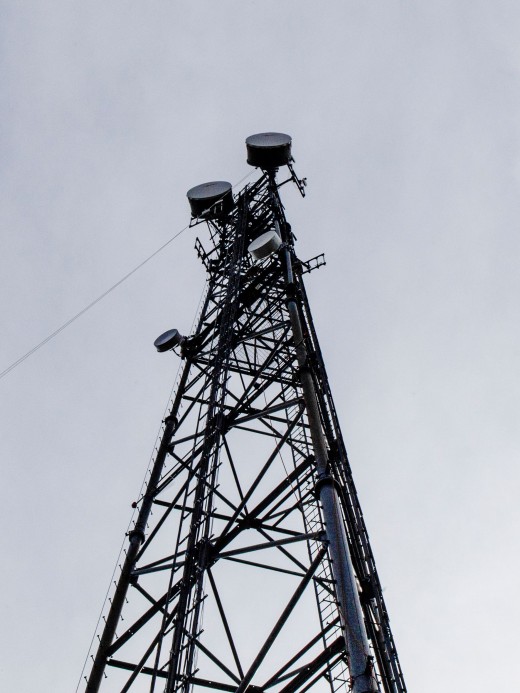Within a few years, 5G networks could turbocharge your smartphone. But can they pass the tests cooked up by engineers at an office park in New Jerse
Within a few years, 5G networks could turbocharge your smartphone. But can they pass the tests cooked up by engineers at an office park in New Jersey?
Live-streaming a virtual-reality broadcast. Downloading a 90-minute high-definition TV show to your smartphone in less than three seconds. Sending instant updates on road conditions to self-driving vehicles. These scenarios are impossible or prohibitively expensive on current cellular networks, but they should be feasible with the next generation of wireless connectivity, 5G. It promises to be 10 to 20 times faster than today’s cell-phone networks.
That’s because 5G will operate in a high-frequency portion of the radio spectrum, known as millimeter wave. It has a lot of available bandwidth and should make it possible for wireless devices to process data with minimal delays. But since its wavelengths are much shorter, it is more easily obstructed. And because it has never been used for consumer mobile services, carriers are still learning how 5G signals will behave in different types of terrain and weather. “We need to look at how the signals are affected by things like snow, rain, sleet, hail, maple trees, oak trees, and spruce trees, because each of those will be different,” says AT&T research engineer Bob Bennett.
The problem: most 5G measurement equipment is so expensive, fragile, and bulky that it can be deployed outdoors for only a few hours at a time. Bennett and colleagues say that far more real-world data is needed to properly develop the technology, so they have created weatherproof radios the size of toaster ovens and installed them across AT&T’s 260-acre campus in Middletown, New Jersey, which was once part of Bell Labs.
technologyreview.com


